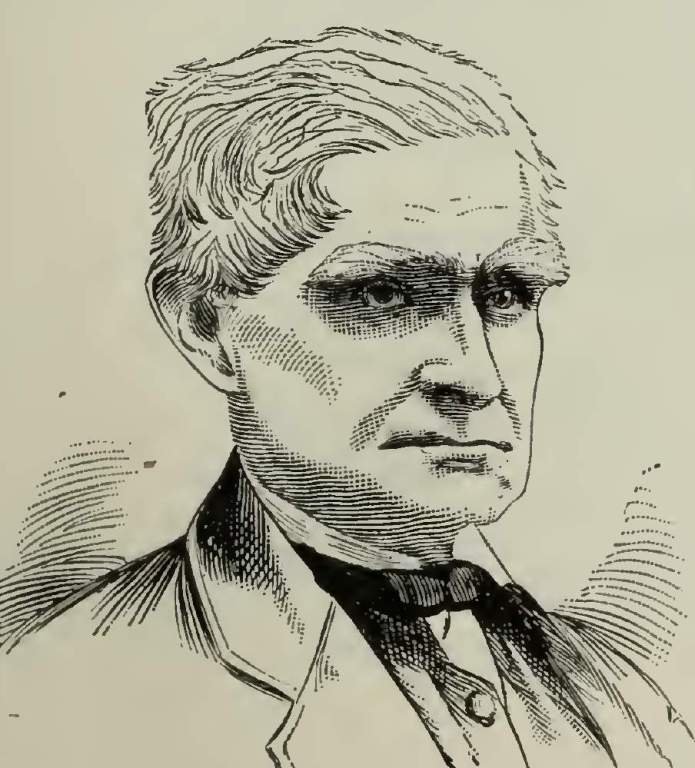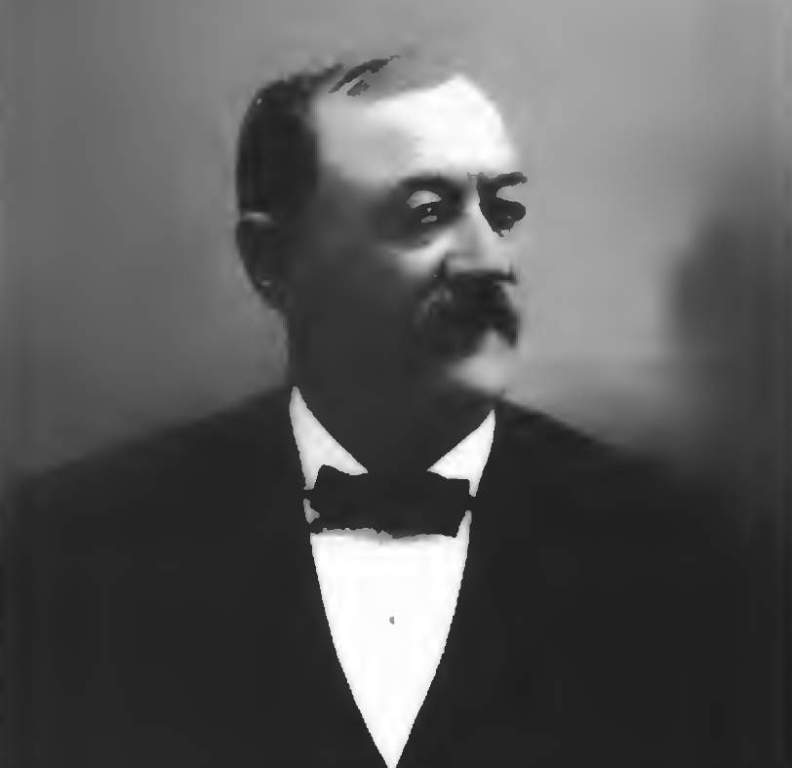The battle of Siege of Louisbourg began on June 8, 1758, and ended on July 26, 1758. The British sieged and captured the French fortress at Louisbourg in June and July 1758. That was one of the most important battles of the French and Indian War (1754–1763). The Siege of Louisbourg set the stage for subsequent British operations against Quebec.
The fortified village of Louisbourg was situated on the eastern coast of Cape Breton Island. The harbor was half a mile wide and three miles long. The channel that allowed access to the harbor was approximately half a mile wide and was bordered by rocky shoals. Louisbourg was sometimes referred to as “Louisbourg of the New World” (Gibraltar of the New World) due to the massive Vaubanesque fortress’s walls of stone and plentiful cannons; however, it was dependent on naval assistance to defend itself.
In fact, it was built as an anchorage point for the French Navy to protect the Gulf of St. Lawrence. This was not the first time the British had attacked the French stronghold. In 1745, during King George’s War (1744–1748), the New England militia, supported by a strong British Navy squadron, shocked London and Paris by capturing the fortress.
Therefore, in October 1748, the Treaty of Aix-la-Chapelle ended the war and returned Louisbourg to French control, enraging New England. When warfare started anew in 1754 between the French and English in North America, it was clear to both sides that control of Louisbourg would be fundamental to the outcome. In French hands, Louisbourg served as a base from which attacks could be mounted against New England and Nova Scotia.
It trades between the French and New England. If the British were to gain control of Louisbourg, they could turn it into a powerful base from which they might close off St. Lawrence to French resupply and establish an assembly point there for an invasion up St. Lawrence to Quebec. They would also control the Atlantic fisheries.
Also, in 1757, Prime Minister William Pitt made it obvious that he intended to put emphasis on the North American theater of war with the ultimate goal of ending French rule there. The Siege of Louisbourg would be the essential first step in moving against the heart of New France in Quebec. Pitt’s overall strategy for victory was the same one that had been in place for some time.
It called for a three-pronged attack: the first against Fort Duquesne, the second against Fort Ticonderoga and Crown Point, and the third against Louisbourg. Following the successful realization of these three objectives, offensives could be mounted against Quebec and Montreal. In many good wishes, Louisbourg was the key to the overall British plan. Thus, in March 1758, Pitt replaced John Campbell, Lord Loudoun, with his deputy, Major General James Abercromby, as British commander in chief in North America.
In his new command, Abercromby found himself the beneficiary of Loudoun’s substantial training efforts and the building up of auxiliary services. As the English were ready to take the offensive, French forces in North America were forced on the defensive. The military commander of New France, Major General Louis-Joseph, Marquis de Montcalm, found himself harshly handicapped by serious shortages of men, weapons, supplies, and even food. Anticipating an English assault on Louisbourg, however, Montcalm did increase the size of the French naval squadron there.
When the British attacked, almost 11 French warships—five of them ships of the line—were in the harbor to add their numerous cannons to the defense of the fortress. Montcalm also added two reasonably well-equipped battalions to the defending force. In all, the French defenders of Louisbourg numbered approximately 6,000 men: 2,000 land troops, 1,000 marines, 2,600 seamen, and 400 militiamen.
The British efficiently isolated the battlefield. They blockaded and prohibited French ships in Mediterranean ports from sailing to North America. Whereas they were unable to achieve the same result off the French Atlantic ports, of the twenty-three ships dispatched by the French to Louisbourg, including 12 means of transport, only seven managed to reach that place. A major French fleet arrived too late.
In March 1758, Major General Jeffery Amherst took command of the British invasion force. Rear Admiral Charles Hardy also arrived at Halifax that same month to assume command of the British squadron already dispatched there by Pitt.
As soon as weather permitted, he took up station off Louisbourg. In all, the British earmarked for the invasion 39 warships manned by approximately 14,000 officers and men. Admiral Edward Boscawen, the designated naval commander, arrived at Halifax on May 9. The expeditionary force, numbering in all 167 ships of all kinds, sailed on May 29.
Amherst’s land force of about 13,200 men consisted of 14 infantry companies, four ranger companies, and an artillery detachment. This force was formed into three brigades under the command of three brigadier generals: James Wolfe, Charles Lawrence (governor of Nova Scotia), and Edward Whitmore.
On June 8, the British invasion force started coming ashore on Cape Breton Island. The landing site was Gabarus Bay, about four miles to the southwest of the fortress; the same general location was chosen in 1745. The governor of Louisbourg, Augustin de Boschenry de Drucour, had done what he could to prepare for a British assault.
The French had repaired and strengthened the fortress after its return to their control in 1748, and they mounted more guns and constructed extensive shore defenses manned by 2,000 men along Gabarus Bay to prevent a repeat of 1745.
Hence, the Drucour saw the warships that were commanded by Admiral Jean-Baptiste Degaulle, in a purely defensive role. The ships’ guns were to help protect the fortress from its waterside. En route to Louisbourg, the British fleet was isolated by bad weather, but it rendezvoused off Gabarus Bay southwest of the French fortress on June 2.
Amherst and Wolfe surveyed likely landing sites, but the bad weather kept them from carrying out a landing until June 8. Hence, the British boats were made for shore in three groups. Those in the center and on the right were feints. The most important attack was by Wolfe’s brigade on the left at the extremity of the French line. The seven ships provided covering fire for the assault. Once Wolfe was ashore, the other two brigades were to slip to the west and land behind him. The troops came ashore in the surf and under heavy fire from the shore.
The landing almost failed. Both sides understood that if the British gained a foothold and started their siege, it would simply be a matter of time before Louisbourg fell. The British troops fixed bayonets and, after a hard clash, drove the French defenders from the beaches. The remainder of the British troops had come ashore by nightfall. Also, the high winds ended any British communication with the troops ashore for more than a few days.
On June 11, the British were able to bring some artillery ashore. At the same time, Boscawen’s ships blockaded the harbor entrance. Ashore in heavy fog and under almost constant fire from the fortified town and French ships in the harbor, the British began to dig siege lines and gradually extend them closer to the fortress. As much of an impediment as it was, the weather in reality served to aid the British.
Fog masked Wolfe’s attack on and seizure of Lighthouse Point on June 12. Soon the British had established a battery there, overlooking the Island Battery that guarded the harbor entrance. On June 18, the French sank four of their smaller warships in the middle of the channel to block the harbor entrance, but the next day, the British opened fire on the Island Battery. It was finally silenced on the 26th. By July 1, the British had taken control of the high ground overlooking the Dauphin Gate, the main entrance to the fortress.
Two days later, the British take the position and place their guns on the high ground, and 454 Louisbourg, Siege of, begins to bombard the French positions and, by July 6, the town itself. The French attempted several night sorties against the British positions, but with scant success. Meanwhile, the British continued to extend their trenches. On July 9, the French attempted a night sortie with their ships, but without major results.
On July 22, the settlement’s church and other buildings were set ablaze by the British bombardment. By July 16, British guns were just 200 yards from the Dauphin Gate. The French ships of the fortress were providing effective fire against the British troops ashore, but on July 21, the Entreprenant of 74 guns, one of the two largest French ships, caught fire, possibly from a lucky British shot, and blew up. Its flames set on fire two other ships of the line, the Célèbre (nearly 64 guns) and the Capricieux (about 64 guns). All three ships were total losses.
With the other two ships of the line continuing to fire on British troops, Boscawen launched a boat attack against them on the foggy night of July 25. Some 600 British seamen in 50 boats succeeded in capturing the Prudent (74 guns), which, being aground, was burned. The British towed the Bienfaisant (approximately 64 guns) off to the northeast of the harbor. Boscawen then prepared to enter the harbor with six of his ships of the line, but that action proved unnecessary. There was little the French could do at this point but surrender. On July 26, 1758, Drucour asked for terms.
The defenders had conducted themselves with honor and in accordance with the accepted European rules of warfare and should have been allowed easy terms, yet Amherst denied the French all honor. Memories of the 1757 campaign and what had occurred after the British surrender of Fort William Henry were fresh, particularly among the Massachusetts men who participated in the expedition. Those who had taken up arms against the British became prisoners of war and were transported to England.
The civilian population of the fort and the French population of Cape Breton and today’s Prince Edward Island, more than 8,000 men, women, and children, were subsequently deported to France. During the siege, the British lost more than 195 people, one killed and another 364 wounded. French losses were estimated at between 400 and 800 men killed. There were more than 3,600 prisoners, including 1,400 wounded. Further, the British secured 216 guns and some mortars.
The fall of Louisbourg dealt a stern blow to morale in New France. With Louisbourg in British hands, the possibility of reinforcements from metropolitan France was greatly diminished. It was also clear that the next major British thrust would be against Quebec itself. Strategically as well as symbolically, the British capture of Louisbourg was a defeat from which the French would never recover. Britain also gained control over the lucrative Atlantic fisheries.
Related Reading: Endicott Expedition – A Mission against Native Americans on Block Island







